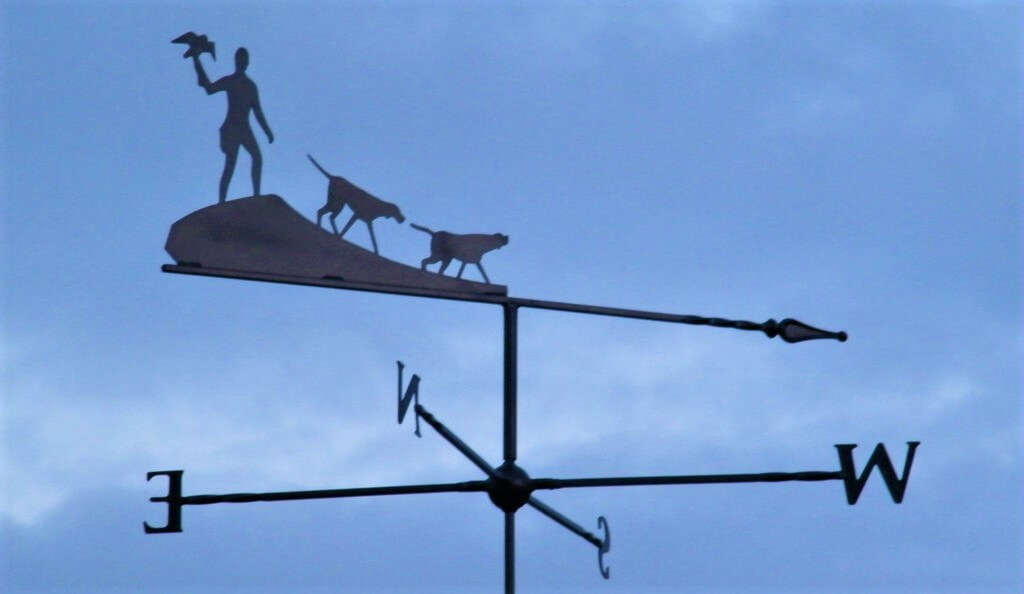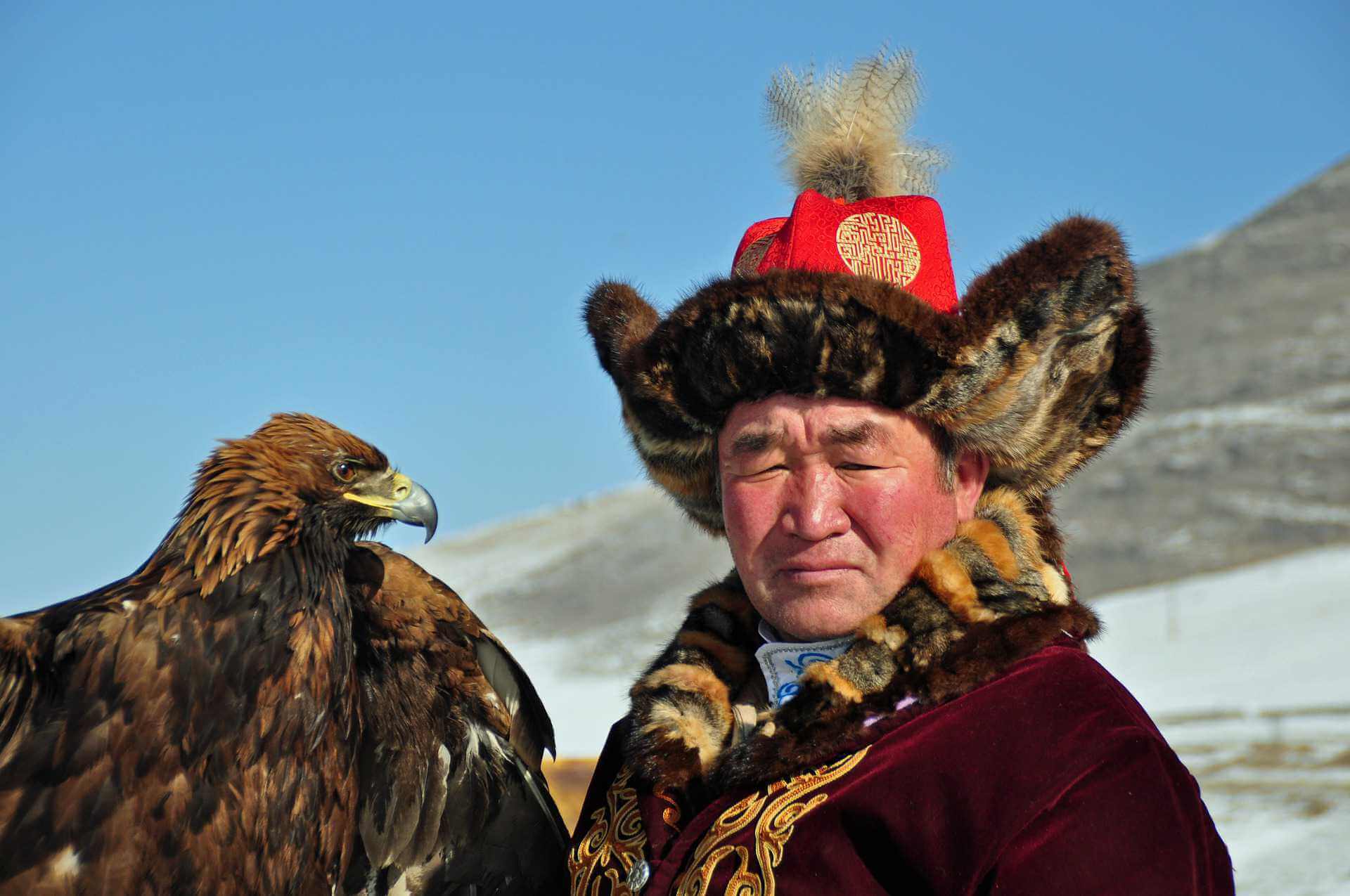
Are you just starting with falconry or are you seriously considering it? The Falconry School provides falconry courses and you can e-mail or phone for free advice on 07970 038169 (UK). Below is just a selection of topics we think are critical for the beginner falconer.
Before You Start
Remember you are taking on a live creature, which is essentially wild, even though it is domestically bred. You will need time for it EVERY day. Remember you will have this bird-of-prey to FLY, not just to look at, and not as a fashion accessory. Although they look cute, cuddly, and in some cases large and impressive, owls have no place in the sport of falconry. They can be difficult or impossible to train properly, and even when trained the results are at best disappointing. To get a flavour of what the sport is about, read as many proper informative falconry books as possible, to get an idea of what you will be taking on. Treat everything you find on the internet with suspicion. Some information there is good, but much of it is poor, and if you haven’t got experience you won’t know which is which. You may be very lucky, and find an genuinely experienced local falconer who will help you, but otherwise join The Falconry School’s Mentoring Scheme. Go on a good course for at least two days to get a feel of the whole thing.
Accommodation
Most of all, make sure you have the correct housing, food and equipment before your bird arrives. The correct accommodation for a falconry bird is not an aviary, but should be a fully-enclosed “mews” (a modified wooden shed is OK) for initial training and afterwards every night. From the time when the hawk is at least part trained, during the day the bird is “weathered” – tethered to its perch, with a bath within reach, if possible on a lawn, but under a lean-to-shelter (a “weathering shelter”) in case of bad weather or very hot summer sun. The weathering lawn may need to be fenced to keep out dogs or foxes if no-one is around to look after the hawk. Domestic cats are not usually a problem.
Essentials of training
Training is a surprisingly short process. Most hawks can be trained to fly totally free and return to the falconer in about 3 weeks, or even less.
Condition control
The hawk must be a little hungry when flown, as it ONLY returns to the falconer for food. It is weighed at the beginning of the training, and of course every day afterwards. The falconer will expect to reduce the fat weight of the hawk by about 10-15% to start with, and will adjust this “flying weight” a little if necessary. It is also important to know that “flying weight” is not a fixed figure, and will need to be adjusted upwards as the hawk’s muscle mass, fitness and “manning” level develops.
“Manning”
This is a process whereby the hawk is made steady to all the things it has to see when in a captive state. The hawk is firstly expected to take food on the glove, which will require a reduction in weight to make it hungry enough to do this. Afterwards, the hawk can be carried around whilst eating. This can help to take its mind off any scary sights and sounds. To make the meal last longer, we use “tirings”, which are pieces of meat with bones in , which the hawk can only eat slowly. The longer the meal lasts, the more manning the hawk gets every day. If you try to man the hawk without tiring, it will take much longer, and it will never be as steady as one which is manned using tirings. HAWKS KEPT IN FAT CONDITION DO NOT MAN, and will NEVER be trained.
REMEMBER: Hawks return to the falconer for food, NOT for affection, and must be a little hungry when flown. Appetite is almost entirely induced by the reduction in body fat. It is not possible to start training without weight control.
Diet
All birds of prey eat raw meat only. It is common to feed a day-old chicks, but this diet is not sufficient on its own. You should feed a varied diet, including possibly quail, rats or mice, along with a vitamin/mineral supplement. A wide choice of hawk food is now available, blast-frozen and packed neatly in boxes, and can be delivered to your door.
Choice of hawk
There are differing opinions, but if you intend to go an to take wild quarry, a Harris Hawk is very user-friendly, robust, and easy to train and handle. However, they are unlike any other raptor used in falconry, so will have given you less experience when you come to move on to something more challenging. You could also consider a Redtailed Buzzard. Although they are slightly harder for a beginner, they will give you a better idea when it comes to progressing to falconry at a higher level. With any bird that will not generally catch anything its usefulness ends as soon as it is trained, whereas the Harris or Redtail will go on taking quarry and improving over months or years. AVOID anything small, like a barn owl or kestrel, and there is no margin for error with weight, and once they are trained there is little else to do with them. NEVER think of the hard birds like goshawks, sparrowhawks or eagles until you are very experienced. Some of the middle-sized to larger falcons are relatively easy to train, but will ALWAYS need to be flown with radio-tracking equipment. You may be interested in owls, and some species can be flow successfully, and some will even take quarry. However, if it is your intention to fly at quarry you may be giving yourself a very hard time.
Radio tracking equipment
This is NOT a question of choice. For many reasons, the most important being the welfare of your hawk, a good working system that you know how to operate properly is ESSENTIAL. A Harris or Redtail, trained properly and flown in the correct condition, is not likely to be lost. However, they ARE regularly lost by inexperienced falconers, and it is likely most will not survive in the wild. Tracking equipment is NOT a shortcut to training a hawk properly, but is the next best thing to a guarantee that you will get your hawk back if anything unforeseen occurs. A good system is probably going to cost more than the bird, but remember that you keep the system for many years, and it will help to locate lost hawks time and time again. NEVER buy a cheap system. You will not have an effective guarantee if it goes wrong, and they are ALWAYS inferior in operation.










